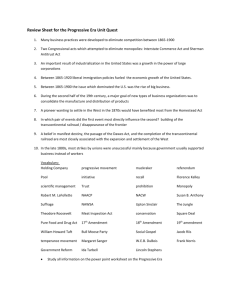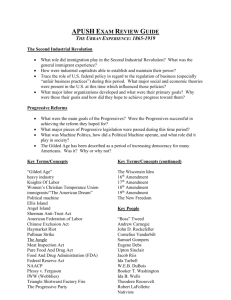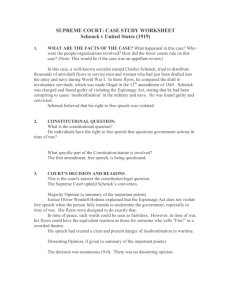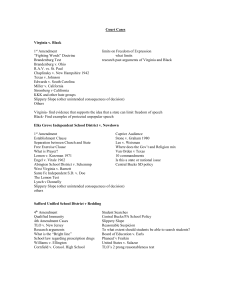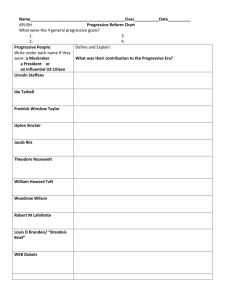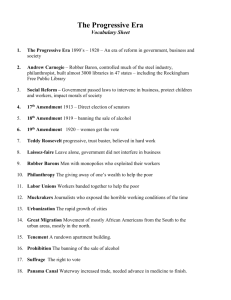Abrams v. United States 1919 Question Presented
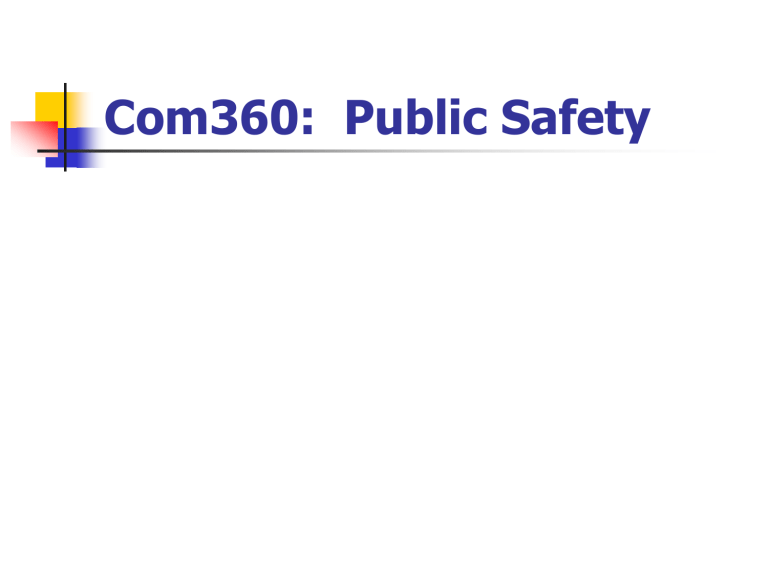
Com360: Public Safety
Clear and Present Danger?
The Alien and Sedition Acts of 1798
The Espionage Act of 1917
The Sedition Act of 1918
Japanese Internment Executive Order
McCarthyism
The Patriot Act?
Clear and Present Danger Test
The question is whether the words used are of such nature as to create a clear and present danger that they will bring about the substantive evils that Congress has a right to prevent (Justice Holmes)
Schenck v. United States 1919
Facts: During World War I, Schenck mailed circulars to draftees arguing that the draft was a monstrous wrong (but advised only peaceful action).
Schenck was charged with conspiracy to violate the Espionage Act by attempting to cause insubordination in the military and to obstruct recruitment.
Schenck v. United States 1919
Question: Are Schenck's words and actions protected by the First Amendment?
Conclusion: Schenck is not protected in this situation. During wartime, utterances tolerable in peacetime can be punished.
Abrams v. United States 1919
Facts of the Case
The defendants printed and distributed leaflets denouncing the war and US efforts to impede the Russian Revolution.
The defendants were convicted for inciting resistance to the war effort. They were sentenced to 20 years in prison.
Abrams v. United States 1919
Question Presented
Do the amendments to the Espionage Act or the application of those amendments in this case violate the free speech clause of the
First Amendment?
Abrams v. United States 1919
Conclusion: No and no. The act's amendments are constitutional and the defendants' convictions are affirmed. The leaflets are an appeal to violent revolution and an attempt to curtail production of munitions.
Dissent: Holmes and Brandeis dissented on narrow ground: the necessary intent had not been shown.
Brandenburg v. Ohio (1969)
Clarence Brandenburg was convicted of violating
Ohio statute for advocating racial strife during a televised Ku Klux Klan rally.
Did Ohio's criminal syndicalism law, prohibiting public speech that advocates various illegal activities, violate
Brandenburg's right to free speech?
Does a person have the right to advocate an illegal action?
Brandenburg v. Ohio (1969)
The constitutional guarantees of free speech… do not permit a State to forbid advocacy of the use of force or of law violation except where such advocacy is directed to inciting or producing imminent lawless action and is likely to produce such action
“Dangerous speech” test
Previously “Bad tendency test”:
“dangerous speech” exists if there is tendency to encourage or cause lawlessness
After Brandenburg (incitement test):
“dangerous speech” only if inciting or producing imminent lawless action
Application of Brandenburg incitement standard
Harm Through Imitation
Harm From Advice
Harm From Advertisement
Important Consideration:
Simple Negligence Test or First
Amendment Protection?
Negligence test
The defendant owed a legal duty to use reasonable care
The legal duty was breached
The breach was the proximate cause of the resulting injuries
Negligence v. First Amendment
In free speech cases the negligence test is usually insufficient
The clear and present danger must be applied (
Brandenburg incitement standard: speech is directed to inciting or producing imminent lawless action and is likely to produce such action)
Harm Through Imitation
Olivia N. v. NBC (1981)
Negligence?
Should the NBC know that susceptible people might imitate the crime depicted in the broadcast
1 st Amendment?
Was the program directed at inciting imminent lawlessness and was likely to produce such action?
Harm Through Imitation
Zamora v CBS (1979)
The plaintiffs argued that it was the cumulative effects of television violence that caused the harm.
Harm From Advice
The “Hit Man” case (1997)
Find out how to get hit assignments, create a false working identity, make a disposable silencer, leave the scene without a trace of evidence, and more. An expert assassin and bodyguard reveals the details of how to get in, do the job, and get out - without getting caught.
.
Harm From Advice
The “Hit Man” case (1997)
A Federal Court of Appeals allowed a civil lawsuit based on negligence:
The book’s content was so detailed and coldly calculating that it became an integral part of the crime undeserving of any 1st
Amendment shield.
The publisher settled
Harm From Advertisement
Soldier of Fortune I (1989)
Ex-Marines: 67-69 ‘Nam Vets, weapons specialist, jungle warfare, pilot, high risk assignments, U.S. or overseas
The ad led to a murder. The victims family sued
The jury trial: the magazine liable
A federal Court of Appeals reversed: the magazine is not liable (even under negligence standard).
Harm From Advertisement
Soldier of Fortune II (1993)
Braun v. Soldier of Fortune Magazine
Gun for Hire: professional mercenary desires jobs.
Vietnam veteran. Discreet and very private. Bodyguard, courier and other special skills. All jobs considered.
The ad led to a murder. The victims family sued
The jury trial: the magazine liable
A federal Court of Appeals agreed.
See detailed explanation pages 111-112
National Security:
The Pentagon Papers Case
Question
Did the Nixon administration's efforts to prevent the publication of what it termed "classified information" violate the First Amendment?
National Security:
The Pentagon Papers Case
Conclusion: 6-3 for New York Times
Yes. The government did not overcome the "heavy presumption against" prior restraint of the press.
The vague word "security" should not be used "to abrogate the fundamental law embodied in the First Amendment."
Since publication would not cause an inevitable, direct, and immediate event imperiling the safety of American forces, prior restraint was unjustified.
National Security:
The H-Bomb or The Progressive Case
United States of America v. Progressive,
Inc.,
Federal District Court, Wisconsin (1979)
A lawsuit brought against The Progressive magazine by the United States Department of Energy.
A temporary injunction was granted against The
Progressive to prevent the publication of an article that was claimed to reveal the “secret" of the hydrogen bomb.
The Progressive appealed but the case became moot when other magazines published similar articles. The government dropped the case.
The Progressive published the article in Nov 79
